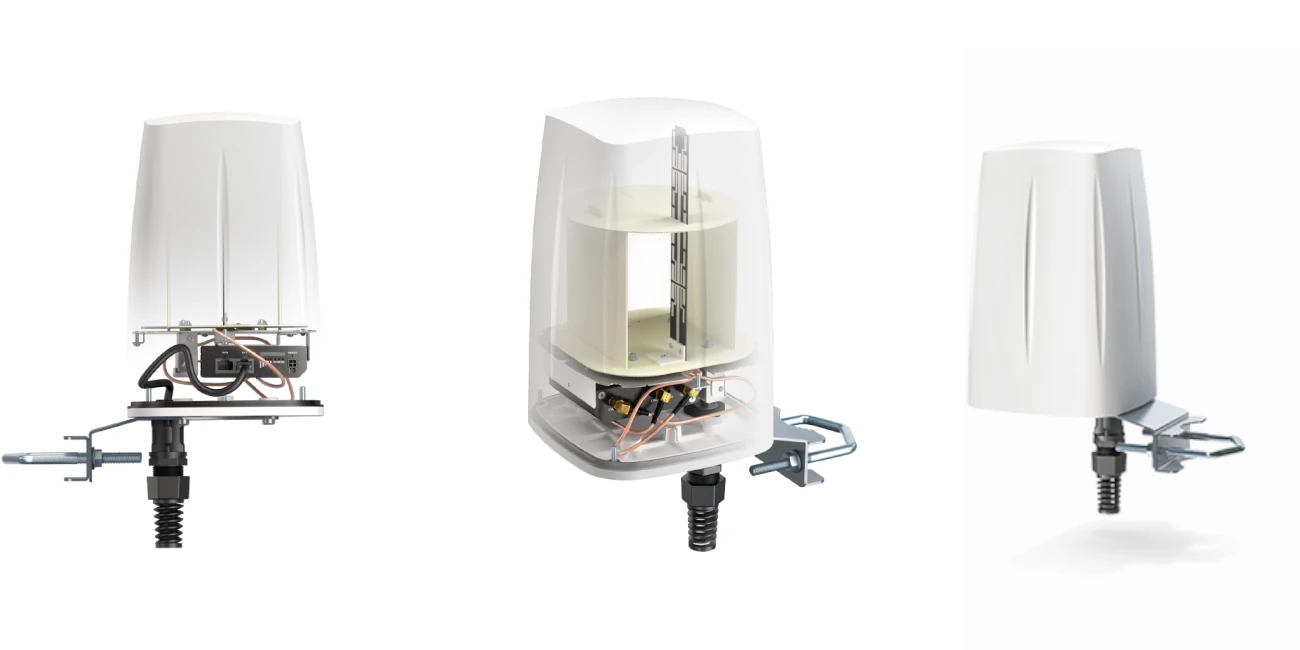Understanding Network Peripherals: Essential Components for Modern Networking
In today’s digital age, networking has become the backbone of almost every industry. From small businesses to large corporations, networks enable seamless communication, data transfer, and connectivity across different devices. However, the efficiency and functionality of any network are heavily dependent on the quality and performance of the network peripherals used. These peripherals are essential devices that support and enhance the operation of a network. In this article, we’ll explore the key types of network peripherals, their roles, and why they are crucial for robust networking.
What are Network Peripherals?
Network peripherals refer to the hardware devices that connect, manage, and optimize network communications. These devices facilitate the smooth transfer of data between computers, servers, and other networking equipment, ensuring that networks operate efficiently. Unlike core networking devices such as routers and switches, peripherals often focus on improving or extending the functionality of a network, or providing additional services like printing and data storage.
Some common examples of network peripherals include:
- Network Interface Cards (NICs)
- Modems
- Wireless Access Points (WAPs)
- Print Servers
- Network-Attached Storage (NAS)
- Firewalls
Let’s take a closer look at each of these and their roles in modern networking environments.
1. Network Interface Cards (NICs)
A Network Interface Card (NIC) is a key peripheral that connects a computer to a network. Every device in a network needs a NIC to transmit and receive data. These cards come in both wired (Ethernet) and wireless forms, allowing for either physical or wireless connections to the network. NICs play a critical role in enabling devices to communicate over local area networks (LANs) or the internet.
Modern NICs are built directly into the motherboard of most devices, but standalone versions are still popular for systems that require advanced networking features, such as higher data throughput or specialized security capabilities.
2. Modems
A modem is another critical network peripheral, especially for internet connectivity. It modulates and demodulates digital signals between the local network and the internet service provider (ISP). There are different types of modems, such as DSL, cable, and fiber optic, depending on the internet connection type.
Modems translate the digital data from your local devices into a format that can be transmitted over the ISP’s network, and vice versa, enabling internet access.
3. Wireless Access Points (WAPs)
As wireless networking continues to grow in popularity, Wireless Access Points (WAPs) have become indispensable network peripherals. A WAP allows wireless devices like laptops, smartphones, and tablets to connect to a wired network through Wi-Fi. They extend the wireless coverage in a particular area, making them essential for businesses that need to provide broad Wi-Fi access over large spaces.
Many WAPs come with advanced features like dual-band support (2.4GHz and 5GHz), guest networks, and security protocols to protect the wireless environment from unauthorized access.
4. Print Servers
In many office environments, print servers are a vital network peripheral that connects printers to the network, allowing multiple users to print documents from different computers. Rather than connecting a printer directly to a computer, a print server enables the printer to be accessible by multiple devices, saving costs and enhancing productivity.
Print servers can be standalone devices or embedded within the printer itself, and they are often used in businesses that need centralized control over their printing infrastructure.
5. Network-Attached Storage (NAS)
Network-Attached Storage (NAS) devices are specialized network peripherals designed to store and share data across a network. They are crucial for businesses and homes that need centralized, secure, and easily accessible storage. NAS devices connect directly to the local network, allowing multiple users to store and retrieve data without the need for individual storage on each device.
NAS systems offer several benefits, such as data redundancy, backup solutions, and increased collaboration by allowing file sharing across the network. For small and medium-sized businesses (SMBs), NAS is often a cost-effective solution for improving data accessibility and protection.
6. Firewalls
Network security is a top priority for businesses of all sizes, and firewalls serve as one of the most critical network peripherals for protecting a network from malicious threats. A firewall monitors and filters incoming and outgoing network traffic based on security rules. It acts as a barrier between a trusted internal network and potentially dangerous external networks, such as the internet.
Firewalls can be hardware-based (standalone devices) or software-based (installed on computers or servers). They prevent unauthorized access, data breaches, and cyberattacks, ensuring the security of sensitive business information.
Why are Network Peripherals Important for Networking?
Effective networking requires more than just connecting devices; it involves optimizing and securing communication between them. Network peripherals enhance the functionality, speed, and security of the network, ensuring that all devices can communicate efficiently. Here are a few reasons why these devices are critical:
- Enhanced Performance: Network peripherals like NICs and WAPs ensure that devices can connect to the network smoothly, with minimal interruptions and optimal speed.
- Improved Security: Firewalls, modems, and secure access points protect the network from external threats, safeguarding sensitive data from hackers and malware.
- Greater Flexibility: Devices like NAS systems and print servers increase the network’s functionality, allowing for shared storage, centralized printing, and more efficient resource management.
- Scalability: As businesses grow, network peripherals make it easier to expand networking infrastructure. Adding more WAPs or upgrading to faster NICs can improve coverage and performance without a complete overhaul.
Conclusion
Network peripherals are fundamental to building a robust, scalable, and secure networking environment. From basic connectivity devices like NICs and modems to more complex solutions like NAS and firewalls, each peripheral plays a unique role in enhancing the functionality and performance of the network. Investing in high-quality network peripherals ensures not only seamless communication but also long-term reliability and security for any networked system. As technology continues to evolve, these peripherals will remain essential for businesses and individuals seeking to optimize their networking infrastructure.
By understanding and utilizing the right network peripherals, you can build a more efficient and secure network, driving greater productivity and collaboration across your organization.





